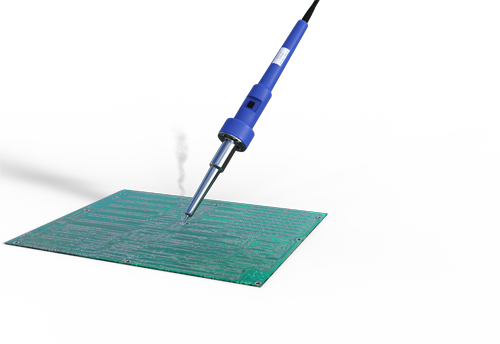Assembling components on FPC flexible circuit boards is required, as the smart wearable industry becomes more and more popular, due to the limitation of assembly space, surface mounting of SMD on FPC has become one of the development trends of SMT technology. However, FPC is more difficult to assemble than PCB because it is not so strong to assemble. Today, let us understand the difference between assembled flexible boards and rigid boards.

- The welding process
Like the PCB process, through the operation of the stencil and solder paste printer, the solder paste is covered on the FPC and the rigid-flex board. But the surface of FPC is not flat, so we need to use some fixing devices or reinforcement for fixing. We usually paste reinforcement in the component area of the FPC.
- SMT component placement
Under the current trend of miniaturization of SMT components, small components will cause some problems during the reflow soldering process. If the FPC is small, extension and wrinkles will not be a serious problem, so that the SMT frame can be reduced or marking points can be increased. If you don’t want to stick the stiffener to the bottom of the component, you may need flexibility after assembly. Therefore, SMT fixture will be a good choice.
- Reflow soldering process
Before reflow soldering, the FPC must be dried. This is an important difference between the FPC and PCB component placement process. In addition to the dimensional instability of flexible materials, they are also relatively hygroscopic. They absorb water like sponges. Once the FPC has absorbed the moisture, the reflow soldering must be stopped. PCB also has the same problem, but has a higher tolerance. FPC needs to be preheated and baked at a temperature of 225°-250°. This preheating and baking must be completed quickly within 1 hour. If it is not baked in time, it needs to be stored in a dry or nitrogen storage room.